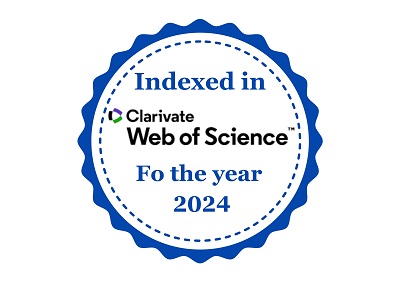Quantum Transport in Dirac and Weyl Semimetals: Electronic Properties and Applications
Keywords:
Quantum transport, Dirac and Weyl semimetals, Electronic propertiesAbstract
Quantum transport in Dirac and Weyl semimetals has emerged as a pivotal research area in solid-state physics due to its implications for topological materials, electronic transport phenomena, and next-generation quantum devices. Unlike conventional semiconductors and metals, Dirac and Weyl semimetals exhibit massless quasiparticles, chiral anomaly, negative magnetoresistance, and unique topological properties that distinguish them from other electronic materials. These properties arise from their nontrivial band structures, where electronic states are governed by relativistic-like equations analogous to those of high-energy particle physics. This study explores the fundamental principles governing quantum transport in Dirac and Weyl semimetals, emphasizing their topological band structures, carrier dynamics, and magnetotransport phenomena. We analyze key quantum effects, such as the Shubnikov–de Haas (SdH) and de Haas–van Alphen (dHvA) oscillations, weak anti-localization, and the anomalous Hall effect, which are critical for understanding charge carrier behavior in these materials. Additionally, we discuss recent experimental advancements in angle-resolved photoemission spectroscopy (ARPES), electrical resistivity measurements, and scanning probe techniques used to characterize these quantum transport properties. Beyond fundamental physics, Dirac and Weyl semimetals hold significant potential for applications in high-mobility transistors, quantum computing, spintronics, and valleytronics. Their low-energy dissipation, high carrier mobility, and robustness against defects make them attractive candidates for future electronic and quantum information processing technologies. However, challenges remain in material synthesis, stability, and integration with existing semiconductor technologies. This paper provides a comprehensive review of quantum transport phenomena in Dirac and Weyl semimetals, covering both theoretical and experimental perspectives. We conclude with an outlook on the future research directions, including the role of machine learning in material discovery and the quest for room-temperature topological superconductors.











